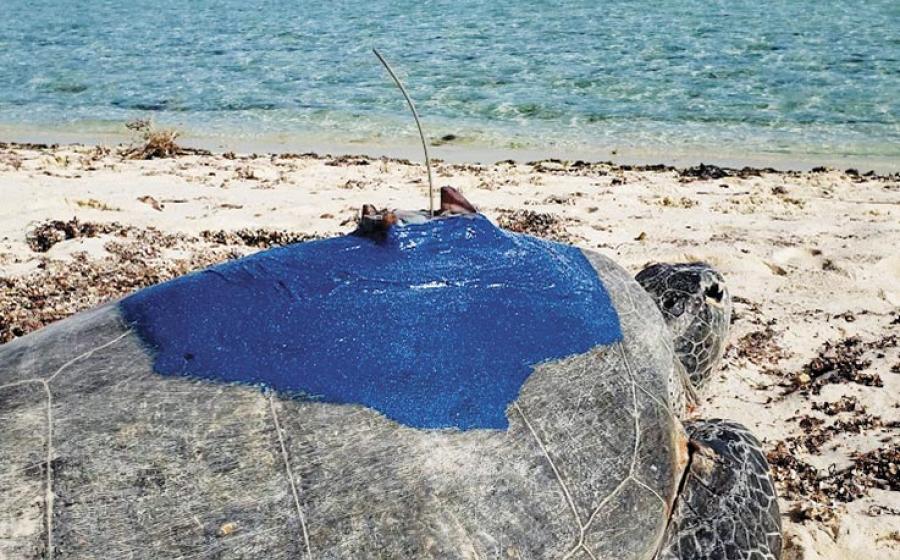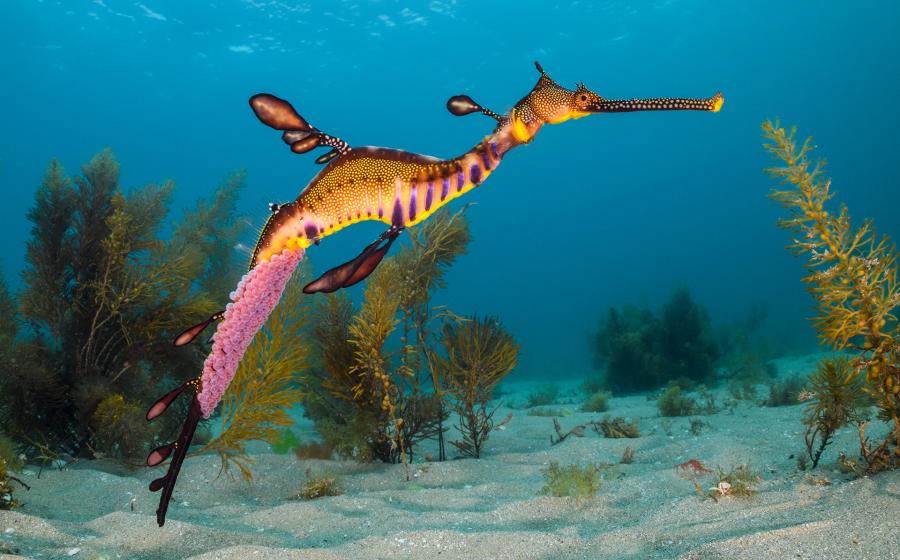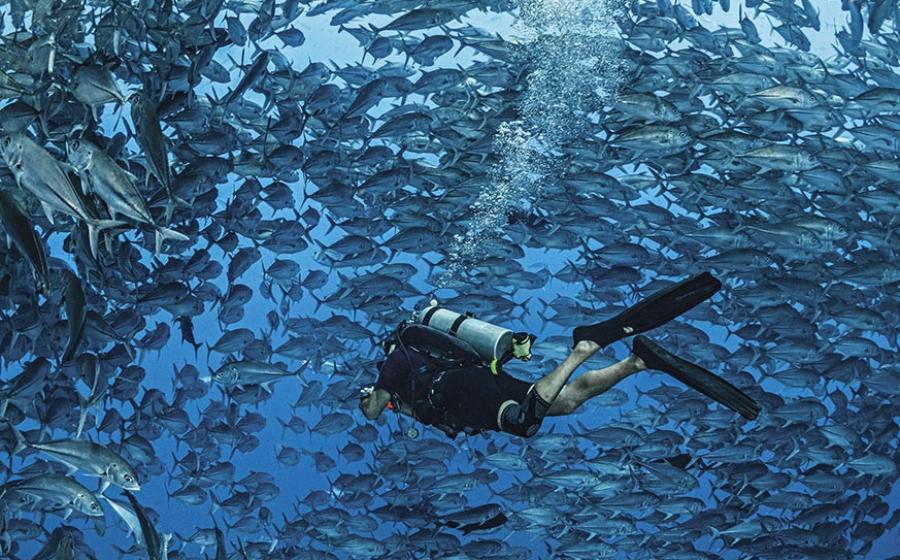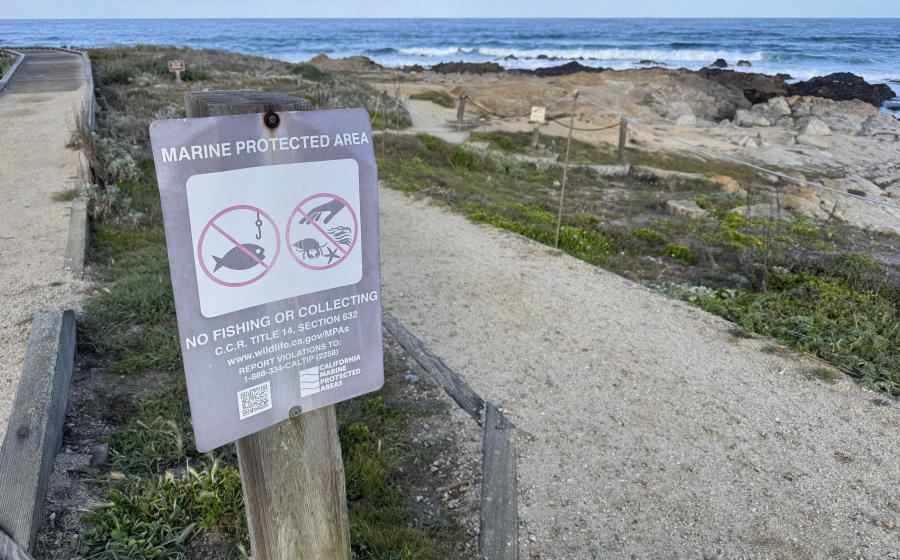Full Moon To Trigger Coral Spawning On Florida Keys Reefs
Florida Keys -- Underwater voyeurs vie for spots to dive reefs in the Florida Keys for the annual coral "love affair" sparked by the August full moon.
This rare exchange of reproductive cells fascinates divers for the sheer volume of white excretion that seemingly fills the Atlantic Ocean around the United States' only living coral barrier reef, which parallels the island chain.
"It's pretty amazing to see how it works," said Dan Dawson, owner of Horizon Divers in Key Largo. "My wife sat there in the sand for an hour and all of a sudden saw the coral secretion and then saw it floating away."
According to marine scientists, while corals use multiple reproductive strategies, nearly all large, reef-building species release millions of gametes once a year in synchronized mass-spawning rituals. These spectacular displays allow the stationary animals to mix genetically and disperse offspring over great distances.
This method of reproduction, called "broadcast spawning," enables the immobile animals to send their eggs and sperm into the water in massive quantities. When egg and sperm unite, the resulting larval-stage "planula" swims to the surface to drift in the current and grow. After some time -- two days to two months -- the planula settles to the bottom where it grows into a polyp. The polyp grows into a coral head by asexual budding that creates new polyps.
Such a copious delivery system also is believed to maximize the chances of fertilization, and at the same time overwhelm predators with more food than they can consume. The exact cues triggering the annual phenomenon remain unclear, but it is believed to be linked to water temperatures as well as the lunar, tidal and 24-hour light cycles.
Scientists' observations indicate a strong connection between the coral spawn and seasonal lunar cycles. This year, the full moon falls on Saturday, Aug. 16, so divers should make reservations with local dive operators for coral spawning night dives three to eight days after the full moon. The generally accepted schedule is for branching corals (e.g., finger, staghorn and elkhorn corals) in the Keys to spawn three to five days after the full moon, about two hours after sunset. Star and boulder corals spawn six to eight days after the August full moon, about three hours after sunset.
Seeing coral spawn is not a guarantee on the trip, but divers in the Keys journeying on night dives have had good success at viewing the spectacle that many describe as an upside-down underwater snowstorm.
To learn more about seeing the 2008 coral spawn in the Florida Keys, contact any of the Keys' professional dive operators or dive in to www.fla-keys.com.
Florida Keys -- Underwater voyeurs vie for spots to dive reefs in the Florida Keys for the annual coral "love affair" sparked by the August full moon.
This rare exchange of reproductive cells fascinates divers for the sheer volume of white excretion that seemingly fills the Atlantic Ocean around the United States' only living coral barrier reef, which parallels the island chain.
"It's pretty amazing to see how it works," said Dan Dawson, owner of Horizon Divers in Key Largo. "My wife sat there in the sand for an hour and all of a sudden saw the coral secretion and then saw it floating away."
According to marine scientists, while corals use multiple reproductive strategies, nearly all large, reef-building species release millions of gametes once a year in synchronized mass-spawning rituals. These spectacular displays allow the stationary animals to mix genetically and disperse offspring over great distances.
This method of reproduction, called "broadcast spawning," enables the immobile animals to send their eggs and sperm into the water in massive quantities. When egg and sperm unite, the resulting larval-stage "planula" swims to the surface to drift in the current and grow. After some time -- two days to two months -- the planula settles to the bottom where it grows into a polyp. The polyp grows into a coral head by asexual budding that creates new polyps.
Such a copious delivery system also is believed to maximize the chances of fertilization, and at the same time overwhelm predators with more food than they can consume. The exact cues triggering the annual phenomenon remain unclear, but it is believed to be linked to water temperatures as well as the lunar, tidal and 24-hour light cycles.
Scientists' observations indicate a strong connection between the coral spawn and seasonal lunar cycles. This year, the full moon falls on Saturday, Aug. 16, so divers should make reservations with local dive operators for coral spawning night dives three to eight days after the full moon. The generally accepted schedule is for branching corals (e.g., finger, staghorn and elkhorn corals) in the Keys to spawn three to five days after the full moon, about two hours after sunset. Star and boulder corals spawn six to eight days after the August full moon, about three hours after sunset.
Seeing coral spawn is not a guarantee on the trip, but divers in the Keys journeying on night dives have had good success at viewing the spectacle that many describe as an upside-down underwater snowstorm.
To learn more about seeing the 2008 coral spawn in the Florida Keys, contact any of the Keys' professional dive operators or dive in to www.fla-keys.com.










